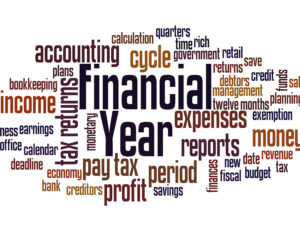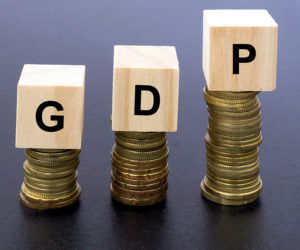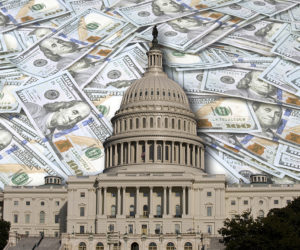
Sorry, your browser is not compatible with this application. Please use the latest version of Google Chrome, Mozilla Firefox, Microsoft Edge or Safari.
Budget content

Caps on State Budget Reserve Funds
Every state maintains at least one budget reserve or “rainy day” fund designed to soften the impact of fiscal downturns and unexpected shortfalls. These funds vary widely, with some states…
Learn More


2022 Nebraska Tax Burden Study
Nebraska’s 2022 Tax Burden Study explores how different tax changes ripple through the state’s economy, reshaping household income, business activity, and government revenue. Using a computable general equilibrium model, the…
Learn More


2025 Indiana Tax Incentive Review
Indiana continually evaluates whether its tax incentives are truly driving the economic and social benefits they were created to achieve. This review highlights where programs like the Earned Income Tax…
Learn More


Government Contracting
Federal agencies spend nearly half a trillion dollars each year on common products and services, yet much of that buying still happens in silos. GAO highlights how category management—using governmentwide…
Learn More

Cloud Cost Management at Scale
Public sector mandates are placing increasing emphasis on transparency, accountability, and measurable outcomes. To meet these expectations, agencies must move beyond basic modernization by tracking cloud costs, aligning IT performance…
Learn More


Rethinking Inflation Heterogeneity: Evidence From...
This research challenges the common view that low-income households always face higher inflation than wealthier ones. Using new income-stratified PCE price indices aligned with national accounts, the study finds that…
Learn More


Expired and Expiring Authorizations of...
The Congressional Budget Office’s 2025 Final Report highlights the scale of federal programs operating under expired or soon-to-expire authorizations. CBO identified 1,326 authorizations that expired before FY2025, with $500 billion…
Learn More


Aviation Workforce
Airport service workers are the backbone of daily air travel, handling baggage, cleaning cabins, assisting passengers, and keeping terminals safe and functional. This GAO report looks at their contributions, showing…
Learn More


Technology Business Management
Federal IT spending exceeds $100 billion annually, yet many agencies still struggle to track and manage these investments effectively. This GAO report examines the stalled implementation of the Technology Business…
Learn More


Welfare Indicators and GDP
This BEA working paper dives into the nuanced relationship between income inequality and household consumption across U.S. states. While high-income households have grown richer, their extra income hasn’t translated into…
Learn More


Fiscal Year 2026 Budget in Brief
The FY 2026 Budget in Brief outlines strategic investments to strengthen U.S. national security, bolster public health, and advance innovation across sectors. Key funding priorities include climate resilience, modernizing infrastructure,…
Learn More


Department of State, Foreign Operations and...
The FY 2026 Congressional Budget Justification for the Department of State outlines a sharp realignment of U.S. foreign policy and funding priorities. The proposal significantly reduces overall foreign assistance and…
Learn More


Gross Domestic Product (Second Estimate),...
The U.S. economy grew at an annual rate of 1.3% in the first quarter of 2025, according to the second estimate from the Bureau of Economic Analysis. This marks a…
Learn More


Executive Order 14271: Ensuring Commercial,...
This executive order directs federal agencies to prioritize commercially available products and services over custom-developed, government-unique solutions to reduce waste and increase efficiency in procurement. Agencies are now required to…
Learn More


Continuing Elimination of Wasteful Spending at the...
The Department of Defense is intensifying efforts to eliminate wasteful spending by terminating contracts for IT consulting and administrative services that can be handled internally. Secretary of Defense Pete Hegseth…
Learn More


